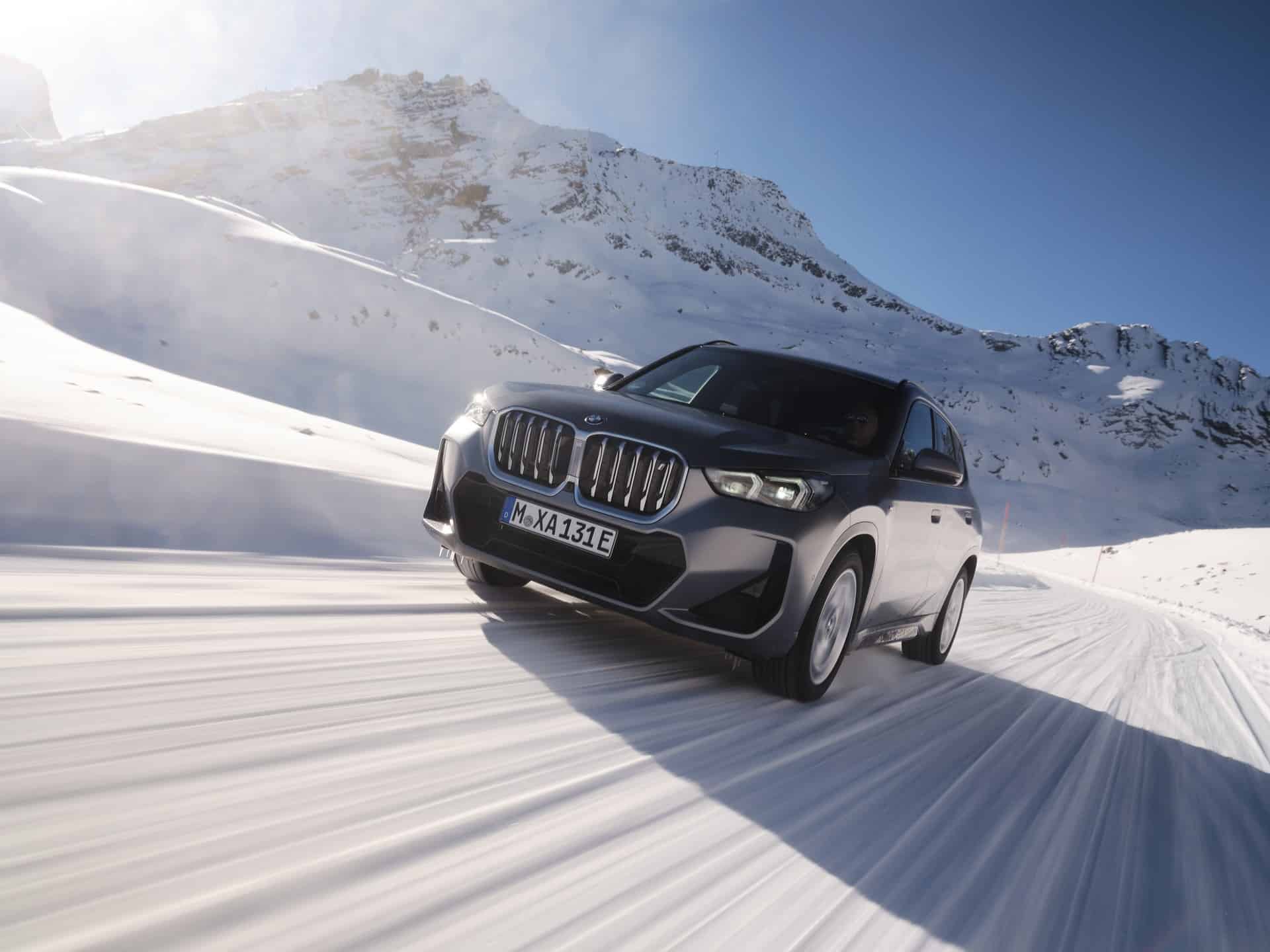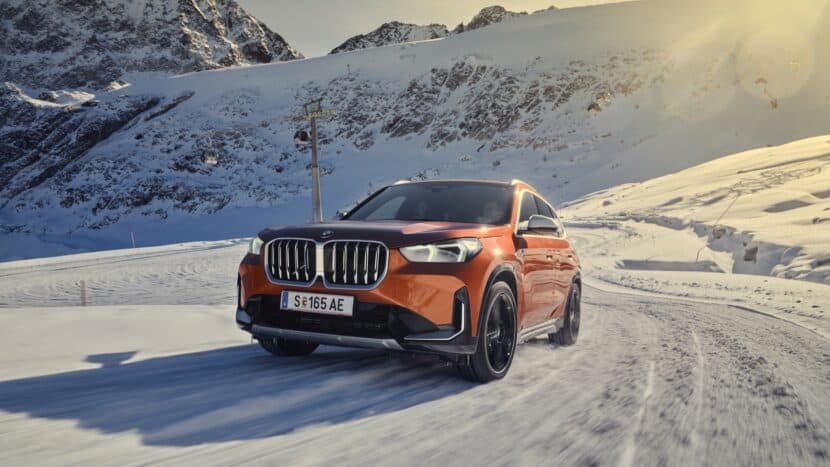The BMW X1 is supposed to be the nimble crossover in the brand’s lineup. It’s the smallest, sportiest, and most enthusiast-driven by nature. SUVs like the X3, X5, and X7 are all increasingly more luxurious. The X1 is supposed to be fun. So when it went to tackle the moose test—a sudden 80 km/h (50 mph) slalom to simulate having to swerve around a moose—you’d think the BMW X1 would excel. Except it didn’t. Worth noting that this is the front-wheel drive model.
In this recent moose test from km77, the BMW X1 was put through its paces and it failed pretty miserably. However, that failure had more to do with the car’s stability control, which limited its ability to put down power and change direction quickly. The DSC, according to the tester, slammed on the right front wheel, limited its front traction and its ability to turn.
Admittedly, they were able to work around the stability control by going a bit slower and making smoother steering inputs. And that’s fine. Until it isn’t. Life isn’t a closed test environment where dangerous obstacles will only come your way in favorable conditions for your car. A moose, for instance, isn’t going to wait until your speed is sufficiently reduced before it walks into the middle of a snowy road. So you don’t want a stability control system that’s overly sensitive and hampers the car’s ability to swerve if need be. You could also turn the stability control off but that’s unsafe in public, so we wouldn’t recommend that in public.
It’s surprising to see the BMW X1—the smallest, lowest crossover in BMW’s lineup and the one most likely to do well in this test—lack the ability to pass the moose test at its highest speed. Having driven the X1, I know its chassis is plenty capable, so it would be nice to see BMW let it loose a bit. Maybe with the upcoming X1 M35i. Of course, these are unofficial tests so you should take them with a grain of salt.






































































